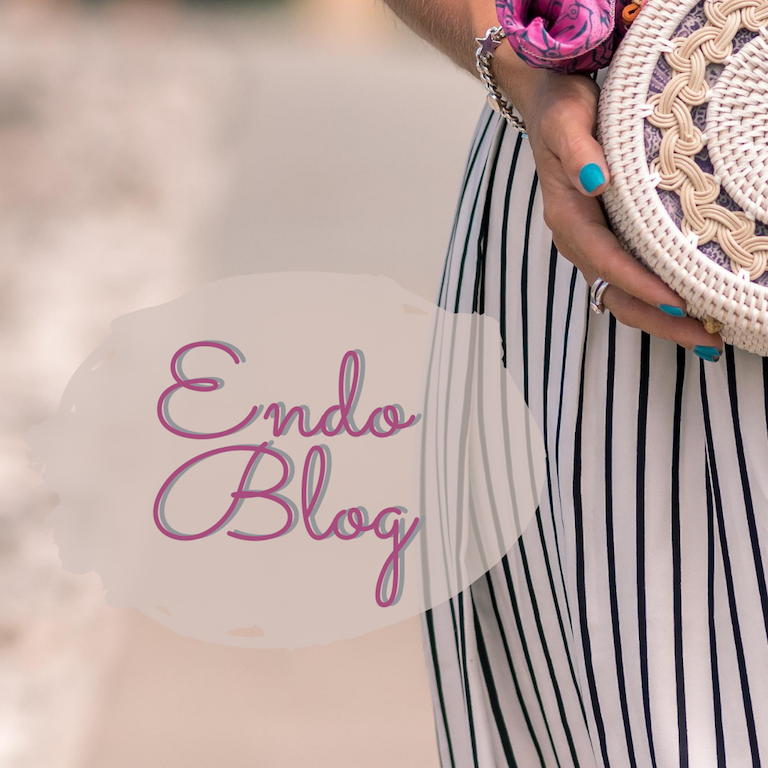Written by Kerryn Ivers – Exercise Physiologist
What is Endometriosis?
Endometriosis affects 1 in 10 Australian women and the truth is that there are probably a lot more women out there experiencing this problem without realising it because pelvic pain is something that is still not spoken about in society.
This disease affects womens’ lives daily, along with their partners, parents, and friends. It impacts their education and ability to hold down a job, leaving them potentially trying to just make ends meet. So in other terms, it shatters lives and dreams leaving women feeling isolated and on the brink of despair psychologically. The impact is huge and everyone needs to know what it is to help support that someone you know that has it.
Typically, endometriosis is a condition whereby cells that are usually found inside the uterus decide that they want to grow outside of the uterus. Generally on the outside wall, ovaries, fallopian tubes, and other organs in the pelvis but the lesions can be found on the diaphragm or even the brain!! These cells continue to act like they are in the uterus under the effect of the hormone estrogen in a women’s monthly cycle – they breakdown and bleed, and then scar. You can imagine the pain and damage this can cause.
What are the symptoms?
Symptoms range and vary in intensity including pelvic pain, cramping, abnormal menstrual bleeding, and inflammation. And the amount of pain experienced does not directly correlate to the stage of the condition. Due to the range of symptoms that can be experienced, diagnosis can take years to find. Unfortunately there is no known cure and treatment options are varied to the severity of the condition. Things like surgery, hormonal interventions, pain relief, physiotherapy, nutrition and exercise options all play a part in the treatment.
How can we manage it through exercise?
From an exercise point of view, consistency is key, finding the right level of exercise that can be handled throughout the whole month. This means having a PLAN B for when pain is extreme. Regular exercise can help:
- To reduce the estrogen levels – affecting level of symptoms
- Improve anti-inflammatory response and increase antioxidants
- Help train the pelvic floor muscles – often they are over-active with the high pain experienced
- Help to lengthen the front of the body through stretches as a forward posture is observed with pelvic pain
- Decrease stress caused by moderating the release of cortisol which is increased with chronic pain.
Main exercise contraindications to avoid after a diagnosis with endometriosis is limiting impact (yes that may mean running) but also exercises that increase abdominal pressure, such as crunches. But the research has shown that enjoyable exercises of a moderate intensity that involve global muscle strengthening and cardiovascular exercises like walking, swimming, group classes, and dancing will improve symptoms and quality of life.
Meeting with one of our Exercise Physiologists will get you on the right path, tailoring your exercise program to your specific needs and overall health requirements.
Other resources:
-
- EndoActive is a great Australian website where professional share knowledge and stories from sufferers are shared.https://endoactive.org.au/
- Endometriosis Australia – a not-for-profit body aiming to increase recognition of endometriosis, provid educations programs and fund research.
- A great blog about pelvic pain on the Endometriosis Australia site. https://www.endometriosisaustralia.org/post/pelvic-pain-is-a-protective-response-that-can-be-changed
- Qendo app – A free app for endometriosis, adnenomyosis, PCOS, pelvic pain and infertility. For tracking pain, bleeding, exercise and food. Helping to manage flare ups.


